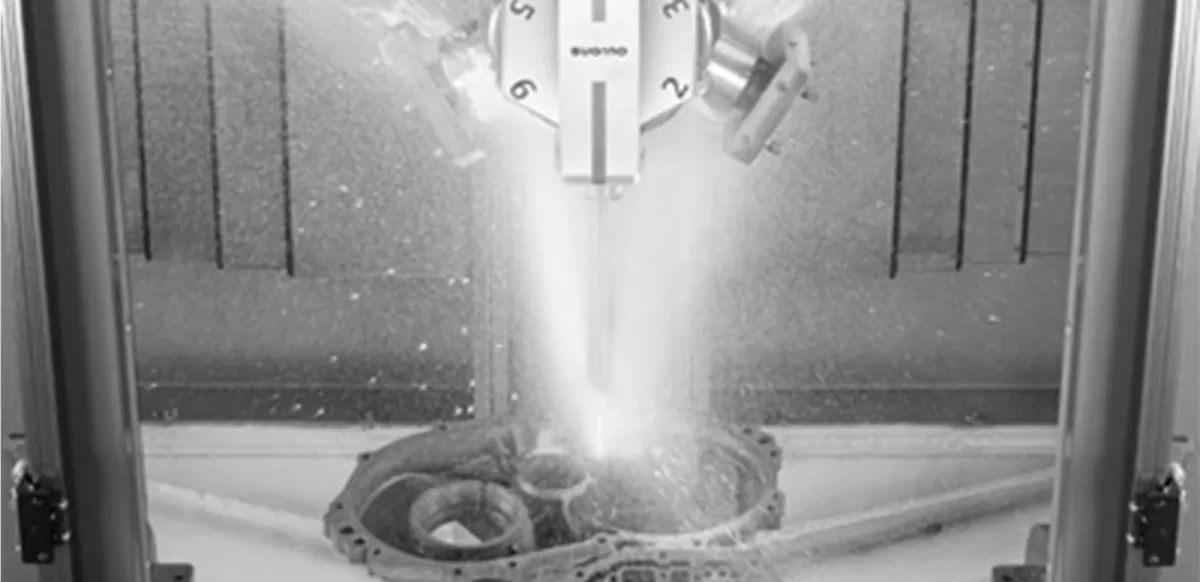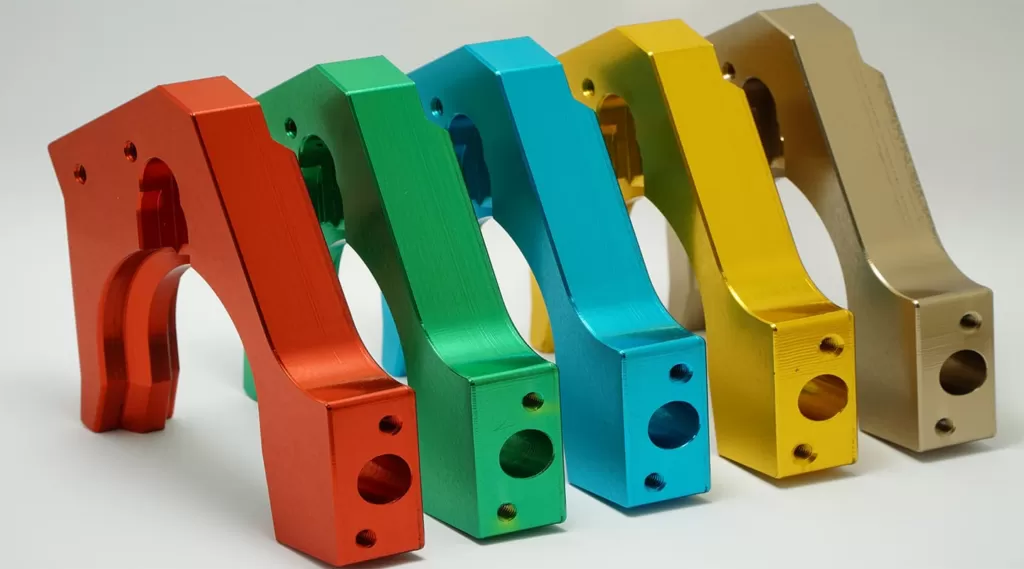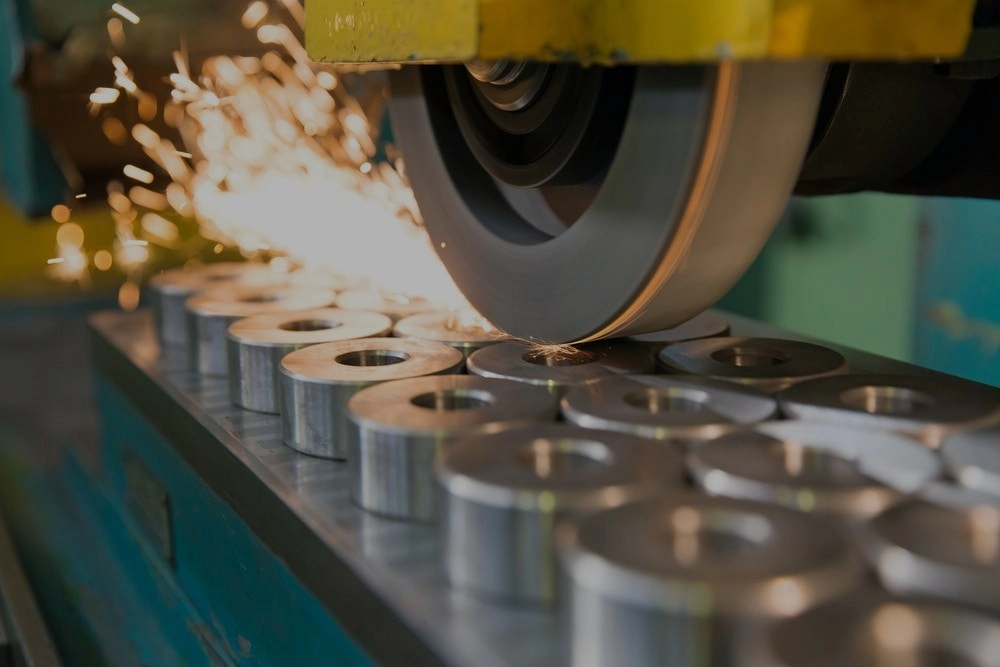What Is Deburring in Metal Fabrications
Deburring is the process of removing sharp edges, burrs, or imperfections that naturally form on metal parts during machining. These burrs are tiny, unwanted bits of metal left behind after cutting, drilling, milling, or stamping. If left untreated, they can cause safety risks, interfere with assembly, or spoil the appearance of the final product.
Burrs form because machining involves shaping metal under intense friction or pressure. This leaves rough edges or protrusions that need smoothing. Deburring ensures metal parts are smooth, functional, and visually appealing.
This step is critical in many industries, including aerospace, automotive, and medical, where precision and safety are top priorities. Without proper deburring, parts can fail to meet strict standards and compromise the quality of the finished product.
Why Is Deburring Critical for Metal Fabrication

Deburring plays a key role in metal fabrication for several important reasons.
Safety comes first. Removing sharp edges and burrs helps prevent cuts and injuries when parts are handled or assembled. This is crucial in workplaces where metal parts move through multiple hands.
Functionality improves with proper deburring. Burr-free parts fit together better, reducing friction and stopping potential failures in assemblies. This keeps machines running smoothly and products working as they should.
Aesthetic appeal also matters. Clean, polished edges give metal parts a professional and high-quality look. Whether for consumer goods or industrial equipment, a smooth finish shows attention to detail.
Durability gets a boost too. Burrs can wear down tools faster and trap moisture that leads to corrosion. Eliminating these rough edges helps parts and machines last longer.
Compliance with strict industry standards is another reason. Medical, aerospace, and food industries demand precise and safe parts, making deburring a must to meet regulations.
For example, burrs on medical tools can cause biohazards, while aerospace parts with imperfect fits risk mission failure. That’s why deburring isn’t just a detail—it’s critical in making solid, safe, and reliable metal products.
Common Deburring Methods in Metal Fabrication
When it comes to deburring in metal fabrications, there are several common methods used depending on the part, material, and budget. Here’s a quick rundown:
Manual Deburring
This method uses handheld tools like files, sandpaper, or brushes. It’s cost-effective and flexible but can be slow and labor-intensive—best for small runs or simple parts.
Mechanical Deburring
Automated machines equipped with grinding drums, belts, or brushes handle this type. It provides consistent results and speeds up production but requires upfront investment.
Thermal Deburring
This process uses heat to quickly vaporize burrs, especially in hard-to-reach areas. It’s ideal for complex parts but is less suitable for soft metals due to the intense temperatures involved.
Electrochemical Deburring
Using electricity and electrolytes, this precision method removes burrs from intricate components without physical contact. It’s great for delicate parts but can be more costly and requires special equipment.
Vibratory Finishing
Involves placing small parts in a vibrating container with abrasive media, polishing multiple pieces at once. It’s efficient for mass finishing but less precise for larger or complex components.
Pros and Cons at a Glance
| Method | Pros | Cons | Best for |
|---|---|---|---|
| Manual Deburring | Low cost, flexible | Time-consuming, inconsistent quality | Small batches, simple parts |
| Mechanical Deburring | Fast, consistent, scalable | Higher initial cost | Medium to large runs |
| Thermal Deburring | Fast, handles complex geometries | Not for soft metals, requires safety gear | Complex metal parts |
| Electrochemical | Precise, no mechanical stress | Expensive, needs specialized setup | Intricate, delicate parts |
| Vibratory Finishing | Mass processing, good surface finish | Less control, not for large parts | Small to medium-sized parts |
Picking the right deburring technique depends on the metal type, part complexity, and production volume. For more about minimizing burrs during machining, check out this guide on metal burrs.
Choosing the Right Deburring Method for Your Project
Picking the best deburring method depends on several factors like part size, material, complexity, and how many pieces you need. For example, aluminum and stainless steel react differently to deburring techniques, so knowing your material is key. Mild steel, for instance, isn’t always a good fit for certain processes because it can wear down tools faster or won’t clean up as well.
You’ll also want to decide between automated and manual deburring. If you’re running a small batch or tight budget, manual hand tools might work fine. But for larger volumes or high precision parts—like aerospace components—automated CNC deburring machines deliver consistent, accurate results faster.
At HYCNC, we customize our deburring solutions based on your exact needs. Whether it’s tight aerospace tolerances or high-volume automotive runs, we match the right method and equipment to ensure your parts come out burr-free and ready to go.
Benefits of Professional Deburring Services
Going with professional deburring services means you get consistent and precise results every time. Advanced CNC deburring machines can handle complex shapes and tight tolerances better than manual efforts, so your parts come out clean and burr-free.
You’ll also save time and money compared to doing it in-house by hand. Manual deburring can be slow and labor-intensive, while automated CNC processes speed things up without sacrificing quality.
Better deburring means higher product quality overall. This reduces the chance of parts being rejected, returned, or needing costly rework later on.
At HYCNC, we bring expert skill and the latest CNC deburring technology together to deliver smooth, flawless metal parts. Whether you’re in automotive or medical manufacturing, our services help you meet strict industry standards and keep your production running smoothly.
How HYCNC Elevates Deburring in Metal Fabrication
At HYCNC, we take deburring seriously. Our CNC deburring services use state-of-the-art machines combined with skilled technicians to deliver consistent, burr-free metal parts. Whether you’re working with stainless steel, aluminum, or other metals, we tailor our process to fit your material and part size perfectly.
We understand deadlines matter. That’s why we offer fast turnaround times without cutting corners, with pricing designed to work for both small businesses and large manufacturers. For example, we recently helped an aerospace client eliminate burrs on critical parts, improving their assembly fit and safety while meeting tight industry tolerances.
Ready to get smooth, precise metal parts? Contact HYCNC today for a free quote on professional deburring services.
Tips for Optimizing Deburring in Your Fabrication Process

Getting clean, burr-free metal parts starts before the deburring step. Here’s how to optimize your whole process:
-
Minimize burr formation during machining
Set up your tools carefully and keep them sharp. Use proper lubrication to reduce friction and cut burrs down at the source.
-
Maintain deburring equipment regularly
Clean and check your deburring machines often. Well-maintained tools deliver consistent, precise burr removal and save you time.
-
Partner with a reliable CNC service provider like HYCNC
Working with an expert like HYCNC means you get smooth, burr-free parts every time. We offer full fabrication and finishing solutions that fit your project’s scale and needs.
-
Plan deburring early in your design phase
Designing with deburring in mind makes production easier and faster. It helps you avoid complex, costly fixes later.
Following these tips helps you get better finishes, improve product quality, and keep production moving smoothly.
Frequently Asked Questions About Deburring
What materials can be deburred
Most metals used in fabrication can be deburred, including aluminum, stainless steel, mild steel, brass, and titanium. The right deburring method depends on the material hardness and part design, which is why choosing a provider experienced with different metals is key.
How much does professional deburring cost
Costs vary based on part size, complexity, and the deburring method used. Manual deburring tends to be cheaper but slower, while automated CNC deburring offers precision at a higher but competitive price. At HYCNC, we provide customized quotes to fit your project needs and budget.
Can deburring be done on small or large parts
Yes, deburring works for all sizes—from tiny medical components to large aerospace or automotive parts. Different techniques like vibratory finishing for small parts and mechanical or thermal deburring for larger ones ensure thorough burr removal regardless of size.
Why choose automated deburring over manual methods
Automated deburring delivers consistent, precise results faster than manual methods. It cuts down human error, improves surface finish, and supports higher production volumes, making it ideal for businesses looking to save time and reduce rework.
How does HYCNC ensure quality in deburring services
At HYCNC, quality starts with state-of-the-art CNC deburring machines operated by skilled technicians. We tailor each process to your material and part specifications, conduct strict quality checks, and aim for burr-free parts that meet the tightest industry standards, especially in aerospace and medical fields.




